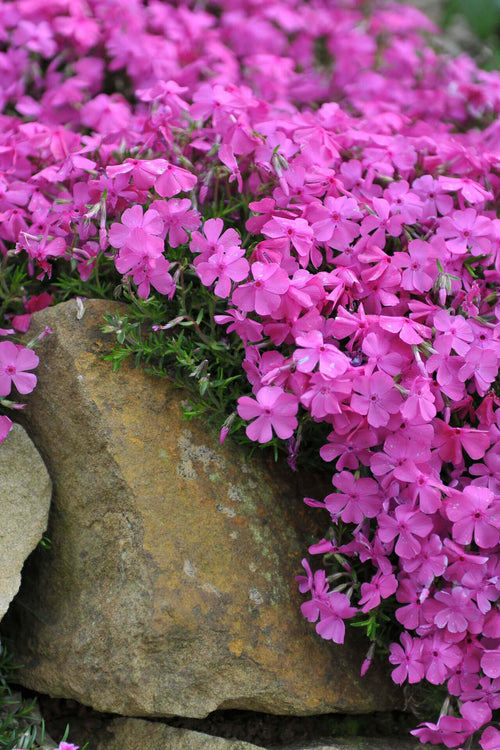For all intense purposes, the victory garden was born during World War I.
It was referenced as a war garden or food garden for defense, where vegetable, fruit, and herb gardens were established at private residences and public parks in the United States, England, Canada, and Germany.
This concept was continued for World War II to reduce the pressure on the war effort's public food supply. Also, indirectly, as it aided the war effort, these gardens were considered a civil 'morale booster' by permitting gardeners to feel empowered by their contribution to labor and rewarded by the produce grown. This feeling made the victory garden a part of daily life on the home front.
I know you are asking yourself, what has this to do with the present? Well, we have a high unemployment rate, high home foreclosures, and inflation on everything we purchase, from dressing ourselves to feeding ourselves. When a gallon of milk costs more than a gallon of gasoline, it is a no-brainer that the gallon of gasoline has priority because one has to get to work.
The average family cannot afford to eat healthy organic food due to its high market price. Well, this is not entirely true. If one invests a bit of elbow grease and willingness to learn, their reward will be healthy organic. That is the principle of a Victory Garden.
The Fenway Victory Gardens in the Back Bay Fens of Boston, Massachusetts, and the Dowling Community Garden in Minneapolis, Minnesota, remain active as the last surviving public examples from World War II. Most plots in the Fenway Victory Gardens now feature flowers instead of vegetables, while the Dowling Community Garden retains its focus on vegetables.
Since the turn of the century, a growing interest in victory gardens has existed. A grassroots campaign promoting such gardens has recently sprung up in the form of new victory gardens in public spaces, victory garden websites, and blogs, as well as petitions to both renew a national campaign for the victory garden and encourage the re-establishment of a victory garden on the White House lawn. In March 2009, First Lady Michelle Obama planted a 1,100-square-foot (100 m2) "Kitchen Garden" on the White House lawn, the first since Eleanor Roosevelt's, to raise awareness about healthy food.[7]
In today's world, Victory Garden is a term assigned to a past era. Now it goes under the name 'allotment gardens.' Some experts claim that contrary to the past, nowadays, allotment gardens are no longer needed for survival but instead provide a valuable pastime for hundreds of people. Working on allotment gardening would allow you to save money, eat healthily, be more environmentally aware, and of course, exercise. Talk about a self-sustaining hobby.
In recent years it has seen tremendous growth in popularity because:
1. People do care where their food comes from. That is supported by the rise in demand for organic food.
2. Everyone is aware of the financial crisis and recession nowadays, which means cutting expenses.
3. All of us are concerned about pollution caused by transporting food worldwide too. That uses finite oil reserves and causes enormous pollution.
At present, it is unfortunate that there are few allotments in existence. Local councils are inundated with more applications for plots than they can provide. Fortunately, councils and landowners join forces to launch country schemes to create new plots to satisfy the demand.
It is fantastic from personal observation when one goes out into the garden and picks some cucumbers for a fresh salad. It is worth it.



















































